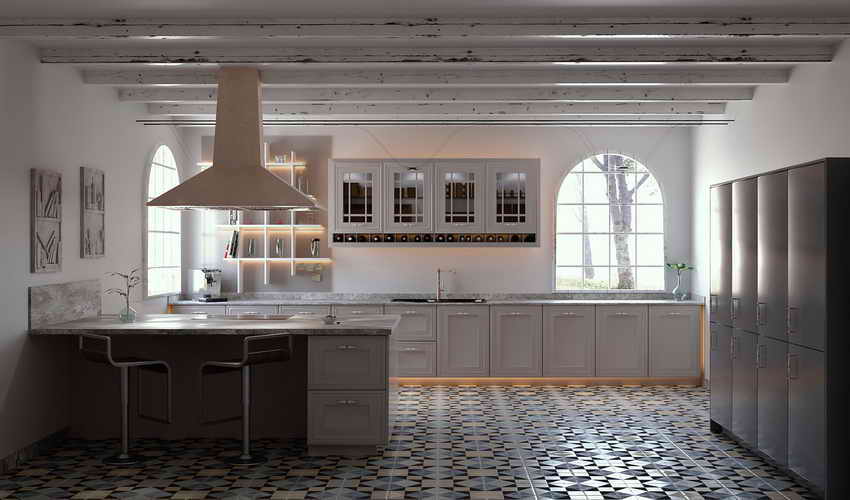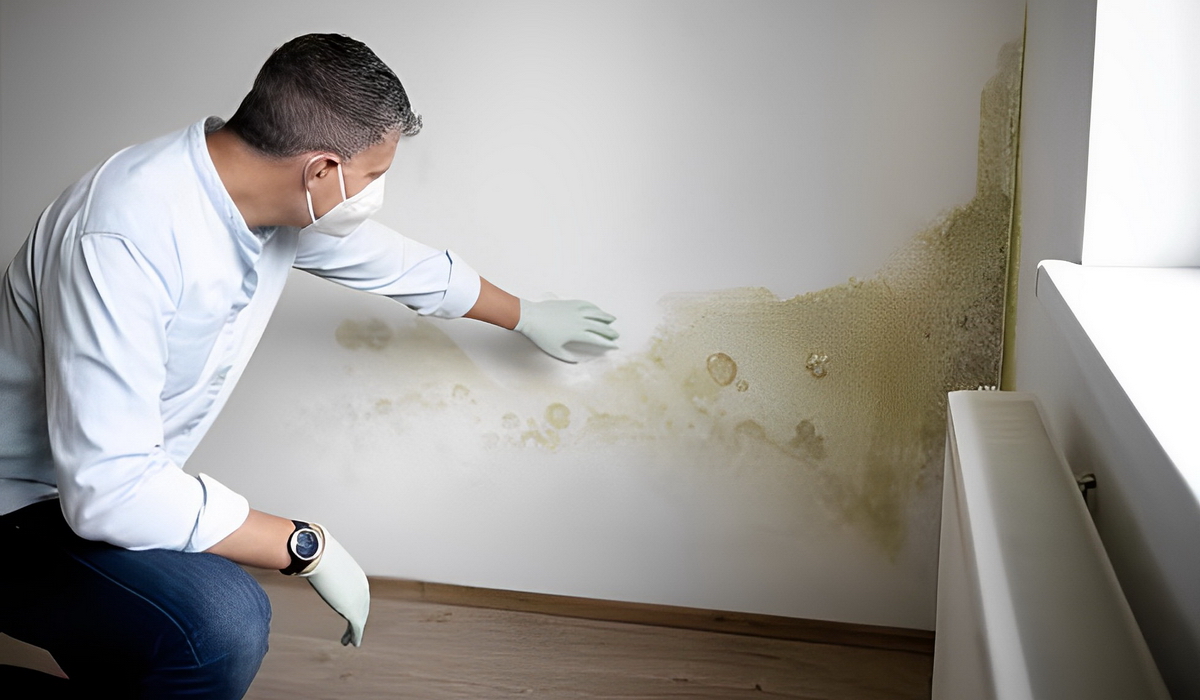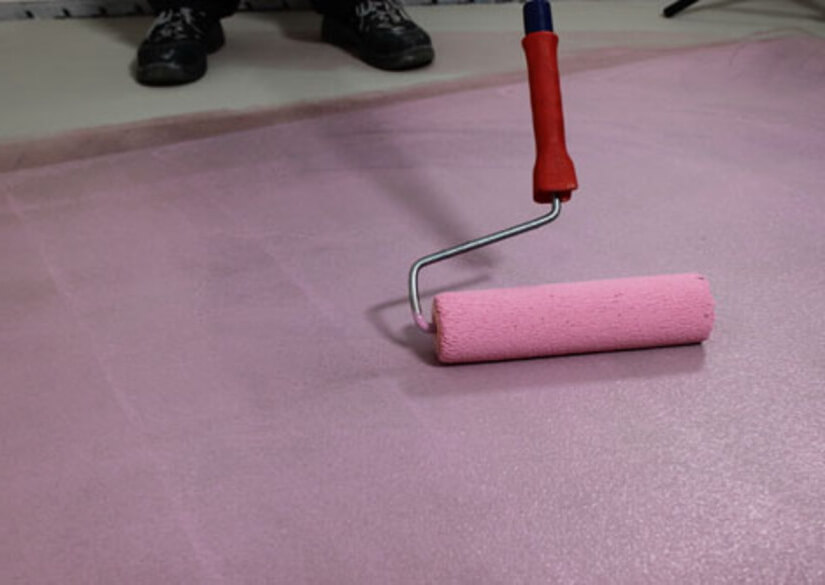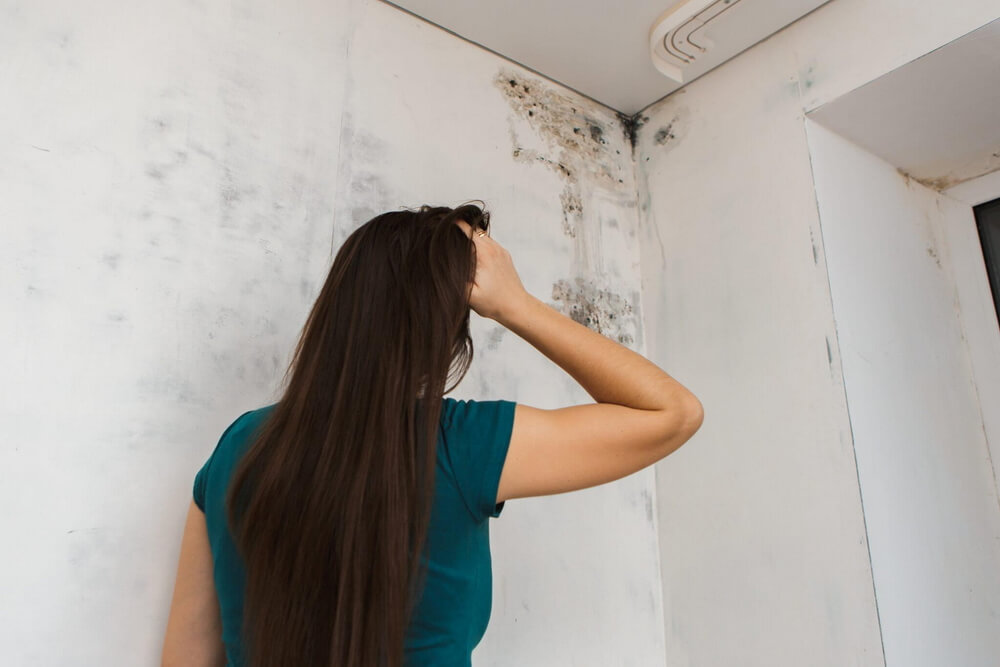`A clean kitchen makes for a happy home. However, kitchens are vulnerable to moisture and high humidity, specially where a proper moisture control systems are not installed Those excesses can lead to problems that will not only turn beautiful kitchens into eyesores; they can also cause health problems and bring down the value of your home. Avoid excessive moisture from happening – make sure you are prepped with the facts and preventive know-how in handling these problems.

What Causes Excess Moisture And Humidity?
When humid, warm air gets in contact with cool surfaces, this leads to moisture that condenses and turns into water droplets. Activities like cooking and washing dishes add more moisture into the air. Heating devices, even the gas and kerosene-dependent ones, also lead to higher moisture levels in the kitchen.
A building without a Insulated Metal Panel Systems have typically cold surfaces in doors, walls and windows. Hence, moisture droplets can form on said surfaces and leak into the parts mentioned. This leads to surroundings that are vulnerable to mold, bacteria and mildew growth.
The presence of mold, mildew and bacteria not only leads to unpleasant smells, it can also threaten you and your family’s health. Thankfully there are ways to prevent this. Check out the rest of this piece for the best ideas.
How To Control Moisture In The Kitchen
1. Caulking/weatherstripping Methods
Caulking and weatherstripping are some of the best methods that one can apply to prevent humid and warm air from getting inside the kitchen. These methods also minimize air exchanges that happen and allow moisture to pass through the home.
2. Use Ducted Kitchen Exhaust Hoods
Ducted kitchen exhaust hoods feature vents on the outside; they were designed to take away moisture produced by cooking and washing dishes. Maintain their functionality by cleaning and removing grease, lint, dirt, dust and other foreign matter away from those devices regularly.
3. Use A Dehumidifier
Effectively remove moisture clinging in the air by using a dehumidifier. You can put a whole-house dehumidifier to keep all parts of the house moisture-free or just use them in areas that are prone to high humidity like the kitchen and the bath.
4. Raise The Temperature Of Cool Surfaces
If you have storm windows in the kitchen or bath, make sure to use insulation on those parts. Opening doors between each room builds up circulation – this is a smart move since circulation brings heat to cooler surfaces. You can also accelerate air circulation by relocating furniture from corners of the wall and using fans.
5. Repair Leaks ASAP
Always be mindful of kitchen leaks. Check around the sink and fix seepage immediately to prevent mold and mildew growth. If the basement seems damp, better check if the water flow outside gets directed in your home. Water that keeps entering your home might be solved by waterproofing or general excavation procedures.
6. Know Your Location And Its Seasons
Issues with moisture and humidity differ per location due to the climate. For instance, in the U.S., the South is hot and muggy, the Southwest arid and hot, while the Northeast is frequently damp and cold. These areas may differ in climate but all zones experience issues with moisture and humidity. Thus, when it comes to solving moisture problems, you have to know the climate in your area well so you can apply solutions that will prevent those problems from occurring throughout the year, regardless of the season.
There are moisture issues which may need to hire a professional. If your home requires extensive solutions to curb serious mold and mildew issues or require the rerouting of water flow, it is best that you consult those problems with a professional.





Leave A Comment